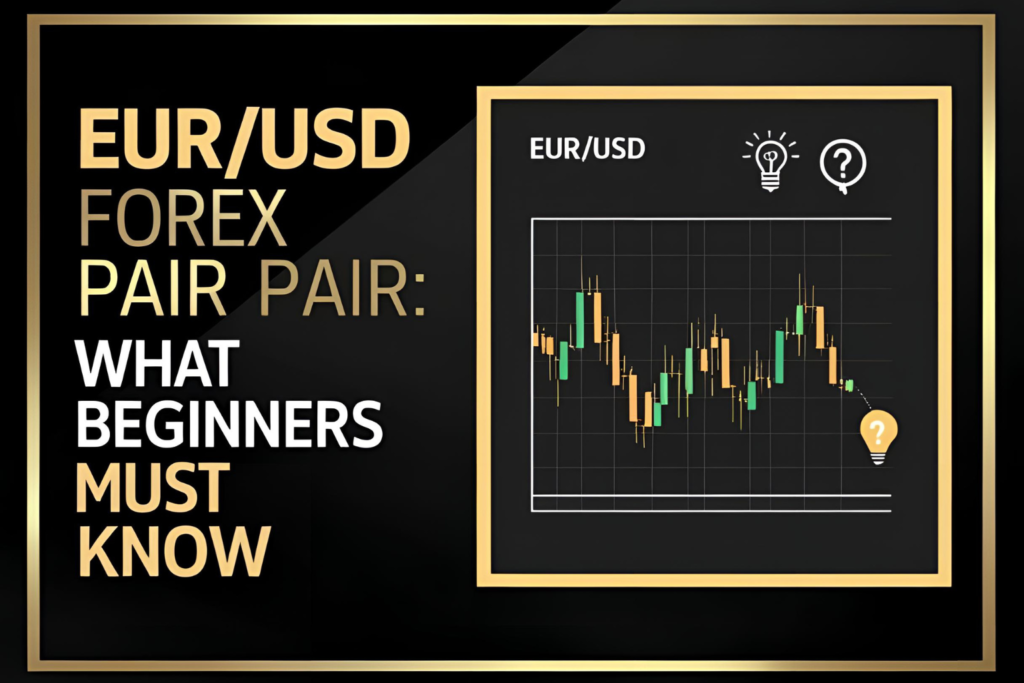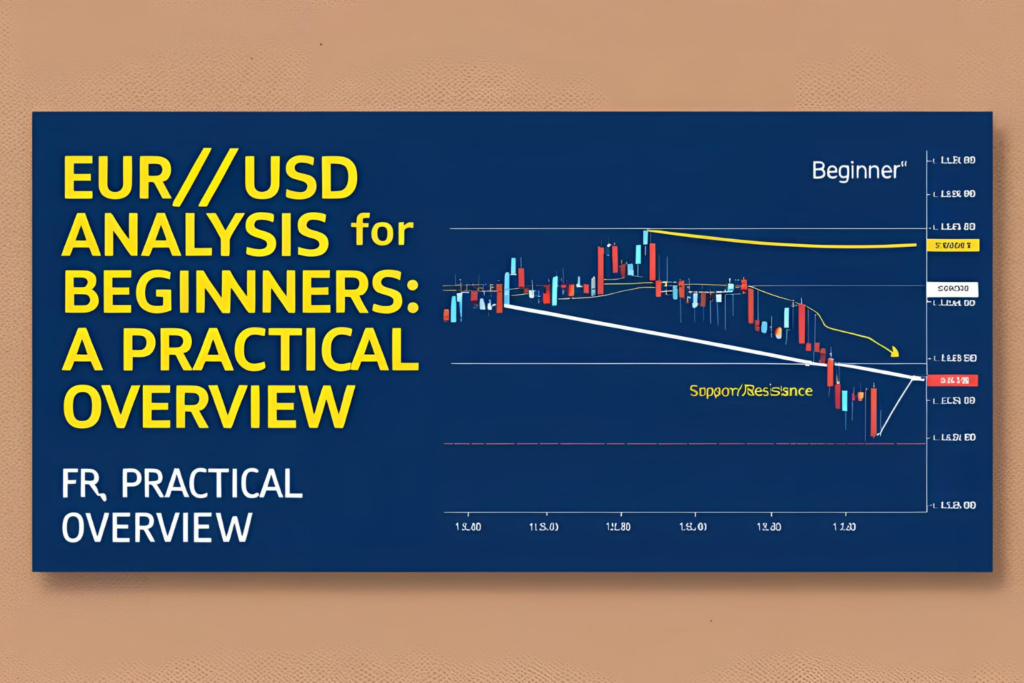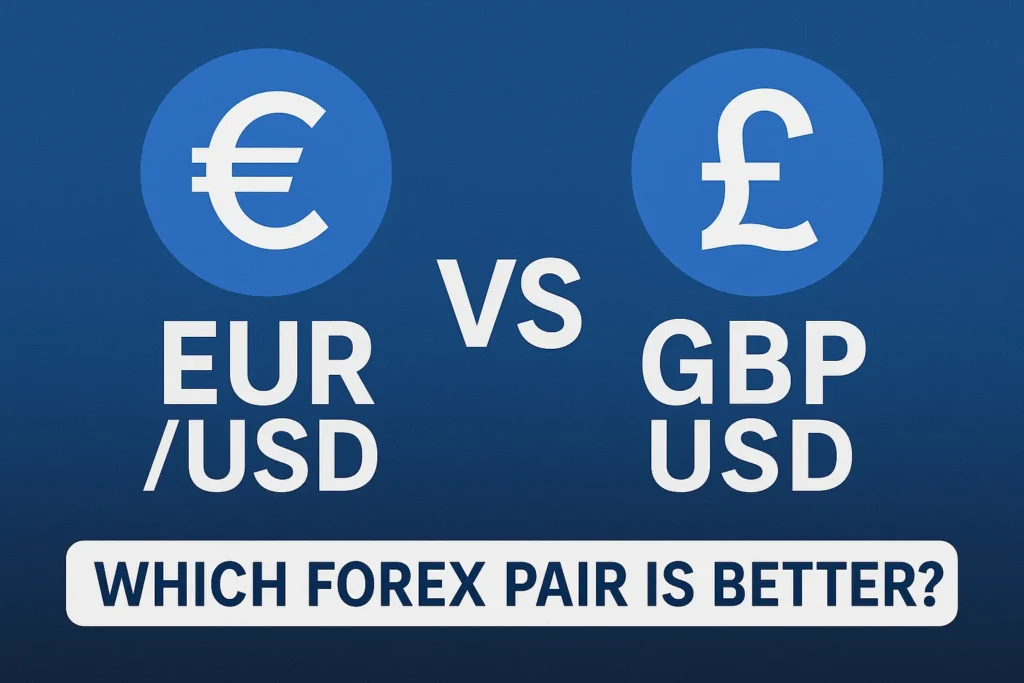Most forex traders are familiar with the spot market, where currencies are traded in real time. But there’s another way to trade EUR/USD—through futures contracts. EUR/USD futures are standardized agreements to exchange a specific amount of currency at a future date, and they are traded on regulated exchanges like the Chicago Mercantile Exchange (CME).
This guide explains how EUR/USD futures work and how they differ from traditional spot forex.
What Are EUR/USD Futures?
EUR/USD futures are contracts that allow traders to speculate on the future value of the Euro against the US Dollar. Each contract represents a specific value (usually €125,000) and comes with a set expiration date.
Unlike spot forex, where trades happen over-the-counter (OTC) between brokers, futures are centralized and traded on formal exchanges with clearinghouses.
Key Features of EUR/USD Futures
- Standardized contract size: Typically €125,000
- Traded on exchanges: CME is the most popular for currency futures
- Expiration dates: Contracts expire quarterly (March, June, September, December)
- Regulated and transparent: Prices and volume are public
- Marked to market daily: Gains or losses are settled at the end of each trading day
EUR/USD Futures vs Spot Forex
| Feature | Futures | Spot Forex |
|---|---|---|
| Exchange | Traded on CME | OTC via brokers |
| Regulation | Highly regulated | Broker-dependent |
| Contract size | Fixed (e.g., €125,000) | Flexible, based on lot sizes |
| Expiry | Has expiration dates | No expiry |
| Margin requirements | Set by the exchange | Set by the broker |
For professional traders or those using hedging strategies, futures offer greater transparency and protection due to exchange-based rules.
Who Should Consider EUR/USD Futures?
- Institutional traders who need transparency and high volume
- Hedgers protecting currency exposure for international businesses
- Advanced retail traders using strategies that require strict regulation or higher capital
Beginners may find spot forex more flexible, but learning futures expands your understanding of the currency market.
Platforms to Trade EUR/USD Futures
- CME Group via Futures Brokers (like NinjaTrader, TradeStation)
- Interactive Brokers
- TD Ameritrade / ThinkorSwim (for US-based traders)
- CQG, Rithmic, or other futures data providers
Always ensure your broker offers access to CME currency products before starting.
Frequently Asked Questions (FAQs)
1. What is the ticker symbol for EUR/USD futures?
The ticker symbol is 6E on the CME Group exchange.
2. Do EUR/USD futures expire?
Yes, contracts typically expire quarterly in March, June, September, and December.
3. How much capital do I need to trade EUR/USD futures?
Initial margin varies by broker and market conditions, but expect to start with a few thousand USD per contract.
4. Can retail traders trade EUR/USD futures?
Yes, but access is usually via futures brokers and platforms like NinjaTrader or Interactive Brokers.
5. Are EUR/USD futures better than spot forex?
They offer more regulation and transparency but may be less flexible. Both have advantages depending on your goals.


